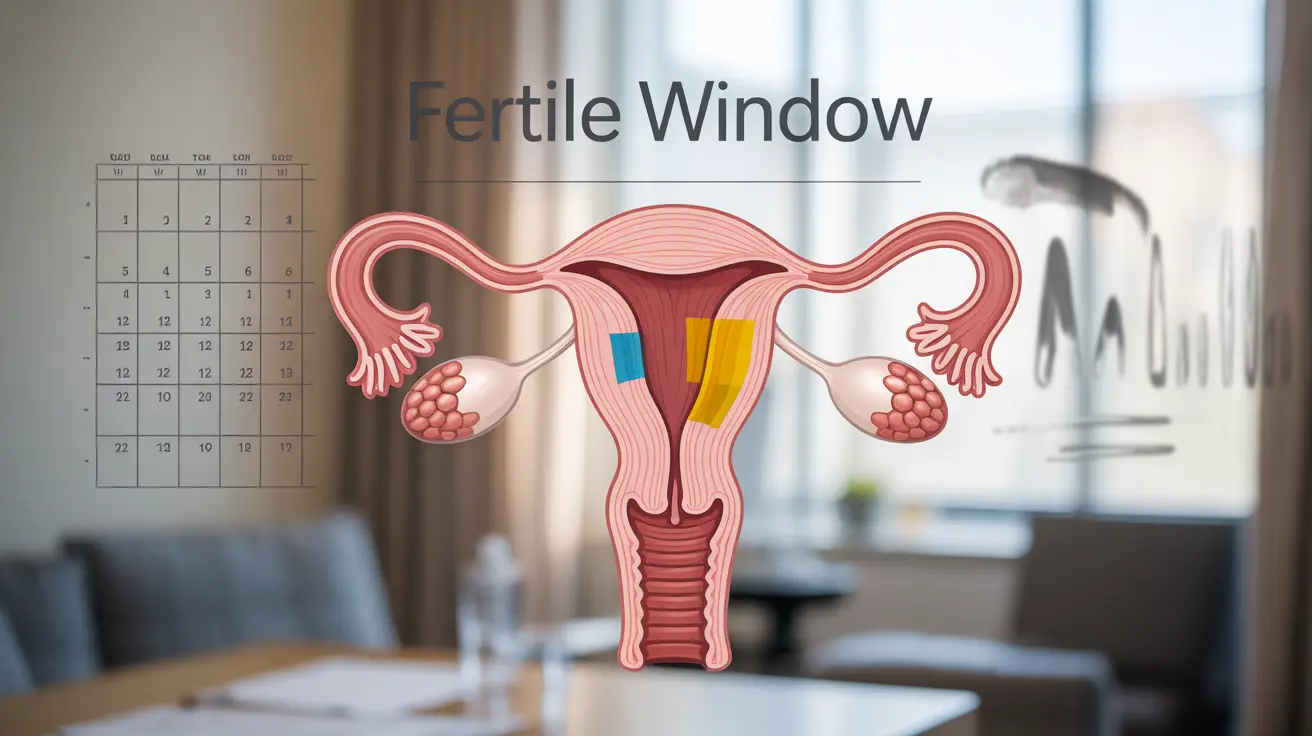Understanding when women are most fertile is crucial for those trying to conceive or looking to prevent pregnancy naturally. The female reproductive system follows a predictable pattern each month, with specific days offering the highest chances of conception. This comprehensive guide explores the timing of peak fertility and factors that influence reproductive potential.
Understanding the Fertile Window
The fertile window typically occurs during a specific timeframe in a woman's menstrual cycle. This period includes the days leading up to and including ovulation, when an egg is released from the ovary. Understanding this window is essential for optimizing conception chances.
Peak Fertility Timing
Women are most fertile during the 2-3 days before ovulation and on the day of ovulation itself. For a typical 28-day cycle, ovulation usually occurs around day 14, making days 12-14 the most fertile period. However, cycle lengths can vary significantly between individuals, affecting when peak fertility occurs.
Signs of Peak Fertility
Several physical indicators can help women identify their most fertile days:
- Changes in cervical mucus (becomes clear and stretchy, similar to egg whites)
- Slight increase in basal body temperature
- Mild cramping or ovulation pain
- Increased sex drive
- Changes in cervical position
Age and Fertility
A woman's age significantly impacts her fertility potential. Understanding these changes can help set realistic expectations for conception:
Peak Reproductive Years
Women are typically most fertile between their late teens and late 20s, with fertility gradually declining after age 30. During these peak years, the chances of conception are highest, and the risk of pregnancy complications is generally lower.
Age-Related Fertility Changes
After age 35, several changes occur that affect fertility:
- Decreased egg quality and quantity
- Reduced frequency of ovulation
- Increased risk of chromosomal abnormalities
- Higher likelihood of pregnancy complications
Tracking Fertility
Various methods can help women identify their most fertile days:
- Ovulation prediction kits
- Basal body temperature charting
- Fertility tracking apps
- Cervical mucus monitoring
- Calendar tracking
Frequently Asked Questions
When are women most fertile during their menstrual cycle? Women are most fertile during the 2-3 days before ovulation and on the day of ovulation. For a typical 28-day cycle, this usually occurs around days 12-14.
How does a woman's age affect her chances of getting pregnant? Fertility naturally declines with age, particularly after 35. Women in their 20s and early 30s generally have the highest chances of conception, while fertility decreases significantly in the late 30s and 40s.
What signs can help identify the most fertile days for conception? Key signs include changes in cervical mucus (becoming clear and stretchy), a slight rise in basal body temperature after ovulation, mild cramping, and increased sex drive.
Why does fertility decline after age 35 and how does it impact pregnancy? After 35, egg quality and quantity decrease, leading to reduced fertility and increased risks of pregnancy complications. The decline is due to natural aging of the reproductive system and decreased hormonal function.
What methods can women use to predict ovulation and optimize timing for conception? Women can use various methods including ovulation prediction kits, basal body temperature charting, fertility tracking apps, cervical mucus monitoring, and calendar tracking to predict their most fertile days.




